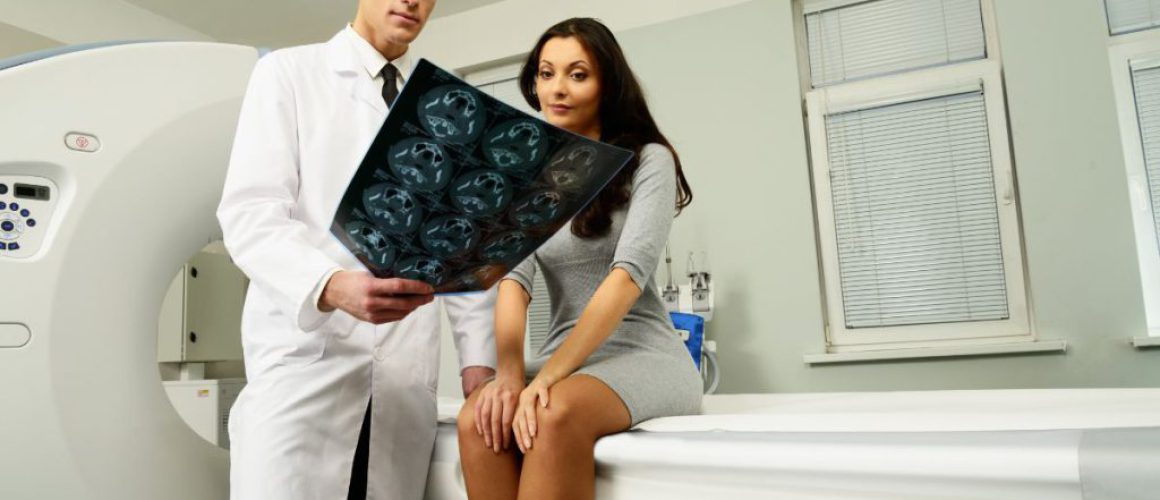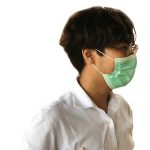The Role of Medical Technology in Human Physiology
Table of Contents
Ever wondered about the role of medical technology in human physiology? Well, it’s like a backstage pass to the concert of life! From biomedical devices to health tech innovations, let’s explore this fascinating intersection together. Stay tuned!
Introduction
In the fascinating world of human physiology, medical technology plays a pivotal role, offering insights into the complex workings of our bodies. It’s like having a backstage pass to the most intricate and captivating show on earth – the human body. From monitoring heart rhythms to capturing images of the brain, medical technology allows us to explore the unseen, providing a deeper understanding of how our bodies function and interact with the world around us.
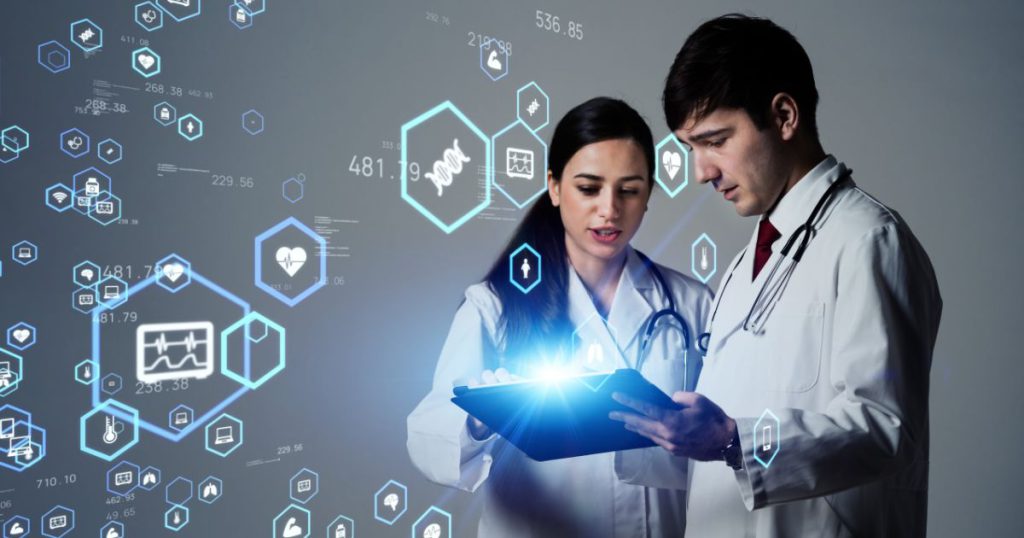
Medical technology is not just about the gadgets and devices we use. It’s also about the knowledge and skills that come with using these tools effectively. As a medical technology student, I’ve had the opportunity to learn and apply this knowledge, gaining a unique perspective on human physiology. It’s a journey that’s as exciting as it is enlightening, and one that continues to fuel my passion for the field.
Medical technology is not just about machines and devices, it’s about improving human lives. It’s about understanding the complex workings of our bodies and finding ways to enhance our health and well-being.
The Intersection of Physiology and Medical Technology
The intersection of physiology and medical technology is a dynamic space where innovation meets understanding. It’s like a bustling city intersection, where the flow of traffic is guided by a complex system of signals and rules. In the same way, medical technology guides our understanding of physiology, providing the tools and techniques we need to explore the body’s inner workings.
This intersection is also where we see the most exciting advancements in the field. From wearable devices that monitor vital signs to advanced imaging techniques that reveal the inner structures of the body, the innovations at this intersection are transforming our understanding of human physiology. As a medical technology student, being at this crossroads is like being at the forefront of a scientific revolution, one that’s reshaping our view of the human body.
Key Aspects of Medical Technology in Human Physiology
- Biomedical Devices
- Physiological Measurements
- Medical Diagnostics
- Patient Monitoring Systems
- Medical Imaging Technology
Biomedical Devices and Physiological Measurements
Biomedical devices, the cornerstone of medical technology, provide us with the ability to measure various physiological parameters. These devices are like the body’s interpreters, translating the body’s complex signals into data we can understand. From heart rate monitors to glucose meters, these devices provide valuable insights into our health and well-being.
But it’s not just about the data. It’s also about understanding what this data means in the context of human physiology. As a medical technology student, I’ve learned to interpret this data, connecting the dots between the numbers on a screen and the physiological processes they represent. It’s a skill that’s as much about understanding the human body as it is about understanding the technology.
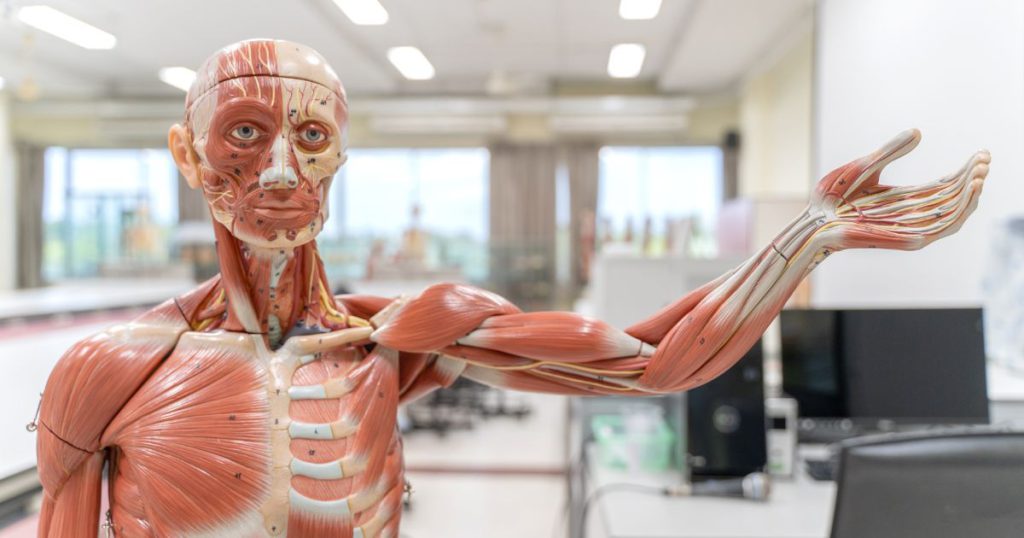
The Role of Medical Diagnostics in Physiology
Medical diagnostics, a key aspect of medical technology, plays a crucial role in understanding and interpreting human physiology. It’s like being a detective, using clues and evidence to solve the mystery of the body’s functioning. From blood tests to imaging studies, diagnostic tools provide the evidence we need to understand and manage health conditions.
But diagnostics is not just about finding answers. It’s also about asking the right questions. As a medical technology student, I’ve learned that the key to effective diagnostics is not just in the tools we use, but in the questions we ask. It’s a process that requires a deep understanding of human physiology and a keen eye for detail.
Roles of Medical Technology in Different Physiological Systems
| Physiological System | Role of Medical Technology |
|---|---|
| Cardiovascular System | Diagnosis, monitoring, and treatment of heart conditions |
| Nervous System | Understanding brain functions and managing neurological disorders |
| Respiratory System | Understanding and managing breathing patterns and lung diseases |
Patient Monitoring Systems: A Window into Human Physiology
Patient monitoring systems are a marvel of modern medical technology. They allow us to keep a close eye on a patient’s vital signs, such as heart rate, blood pressure, and oxygen saturation, in real-time. This continuous monitoring is crucial in managing various health conditions, as it provides healthcare professionals with the data they need to make informed decisions about a patient’s care.
These systems are particularly useful in critical care settings, where patients’ conditions can change rapidly. For instance, in an intensive care unit, a patient’s heart rate or blood pressure can fluctuate significantly within a matter of minutes. With patient monitoring systems, healthcare professionals can quickly detect these changes and intervene as necessary, potentially saving lives.
Medical Imaging Technology: Visualizing Physiology
Medical imaging technology has revolutionized the field of medicine. It has given us the ability to look inside the human body without resorting to invasive procedures. X-rays, for instance, allow us to see the skeletal structure, helping us diagnose fractures and other bone-related conditions.
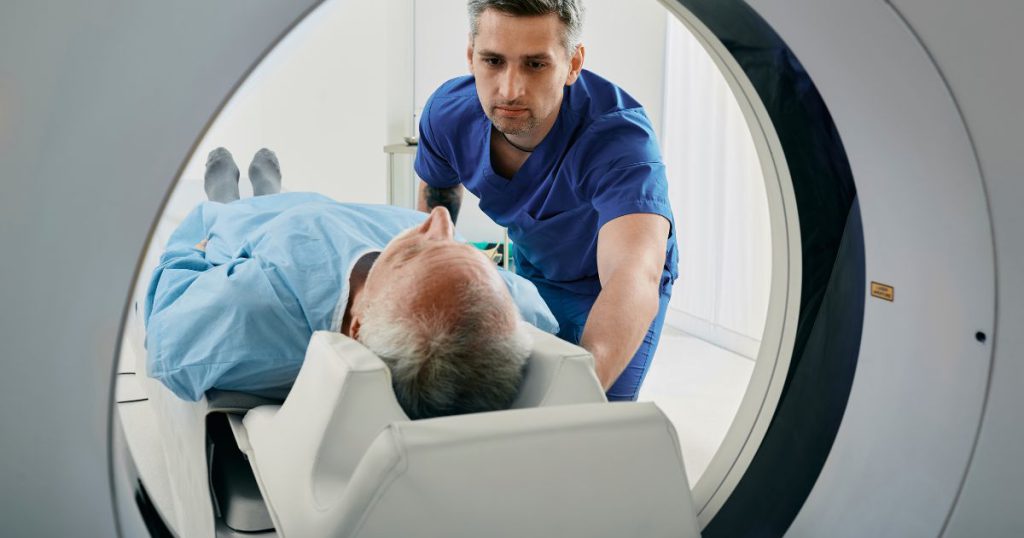
On the other hand, Magnetic Resonance Imaging (MRI) provides detailed images of soft tissues, such as the brain, muscles, and internal organs. This has been instrumental in diagnosing a wide range of conditions, from brain tumors to muscle injuries. These technologies not only aid in diagnosis but also help us understand human physiology on a deeper level.
Medical Imaging Technologies and Their Uses
| Medical Imaging Technology | Use |
|---|---|
| X-Ray | Used to visualize the inner structures of the body, especially bones |
| MRI | Used to visualize detailed internal structures, including soft tissues |
| Ultrasound | Used to visualize organs and structures within the body in real-time |
| CT Scan | Used to create detailed images of internal organs, bones, soft tissue, and blood vessels |
Cardiovascular Physiology and Medical Technology
The cardiovascular system, comprising the heart and blood vessels, is a complex network that delivers oxygen and nutrients to every cell in the body. Understanding its physiology is crucial in diagnosing and treating heart diseases. Medical technology plays a vital role in this regard.
For instance, electrocardiograms (ECGs) record the electrical activity of the heart, helping diagnose arrhythmias and other heart conditions. Echocardiograms, on the other hand, use sound waves to create images of the heart, allowing doctors to see its size, shape, and how well it’s functioning. These technologies, among others, have significantly improved our ability to diagnose and treat cardiovascular diseases.
Areas of Physiology Impacted by Medical Technology
- Cardiovascular Physiology
- Neurophysiology
- Respiratory Physiology
- Clinical Laboratory Technology
Neurophysiology Technology: Understanding the Brain
Neurophysiology technology offers a glimpse into the complex workings of the brain, helping us understand everything from basic functions to complex cognitive processes. The brain is arguably the most complex organ in the human body. It controls everything from our basic bodily functions to our thoughts, emotions, and memories. Understanding its workings is a monumental task, but neurophysiology technology is helping us make significant strides in this field.
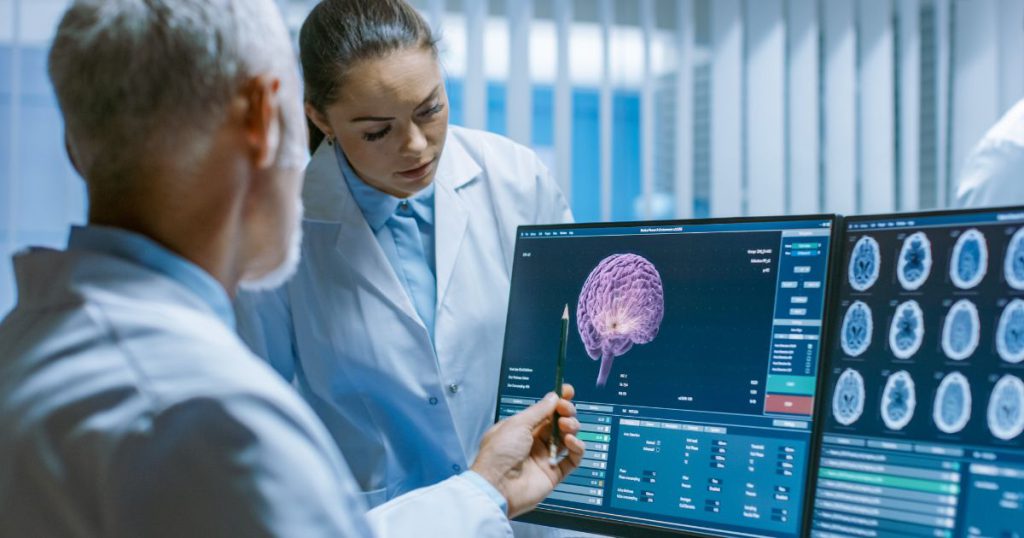
Technologies like electroencephalograms (EEGs) and functional magnetic resonance imaging (fMRI) allow us to study the brain’s electrical activity and blood flow, respectively. These tools have been instrumental in understanding various brain functions and diagnosing neurological disorders like epilepsy and Alzheimer’s disease. They have also paved the way for groundbreaking research in areas like cognition, memory, and emotion.
Major Neurotransmitters and Their Functions
| Neurotransmitter | Function |
|---|---|
| Acetylcholine | Involved in learning, memory, and muscle contractions |
| Glutamate | The principal excitatory neurotransmitter in the brain |
| GABA | The major inhibitory neurotransmitter in the brain |
| Dopamine | Plays a role in learning, motor control, reward, and emotion |
| Serotonin | Modulates multiple neuropsychological processes and neural activity |
| Norepinephrine | Involved in stress, sleep, attention, focus, and inflammation |
Respiratory Physiology: Breathing Life into Medical Technology
The respiratory system, which includes the lungs and airways, is essential for life. It’s responsible for the exchange of oxygen and carbon dioxide, a processvital for our survival. Medical technology has been instrumental in understanding respiratory physiology and managing respiratory diseases.
Pulmonary function tests, for instance, measure how well the lungs take in and release air, and how well they move gases like oxygen from the atmosphere into the body’s circulation. These tests can help diagnose conditions like asthma and chronic obstructive pulmonary disease (COPD), and monitor their progression.
On the other hand, technologies like bronchoscopes allow doctors to visually examine the airways for abnormalities such as inflammation, tumors, or infection. This can be crucial in diagnosing and treating a variety of lung conditions. In the realm of respiratory physiology, medical technology truly breathes life into our understanding and management of respiratory health.
Clinical Laboratory Technology: The Backbone of Medical Diagnostics
Clinical laboratory technology, often considered the backbone of medical diagnostics, plays a crucial role in understanding human physiology. It’s like being a detective, but instead of solving crimes, you’re solving the mysteries of the human body. From blood tests to urinalysis, these technologies allow us to peek into the inner workings of our bodies, providing crucial information that guides diagnosis and treatment.
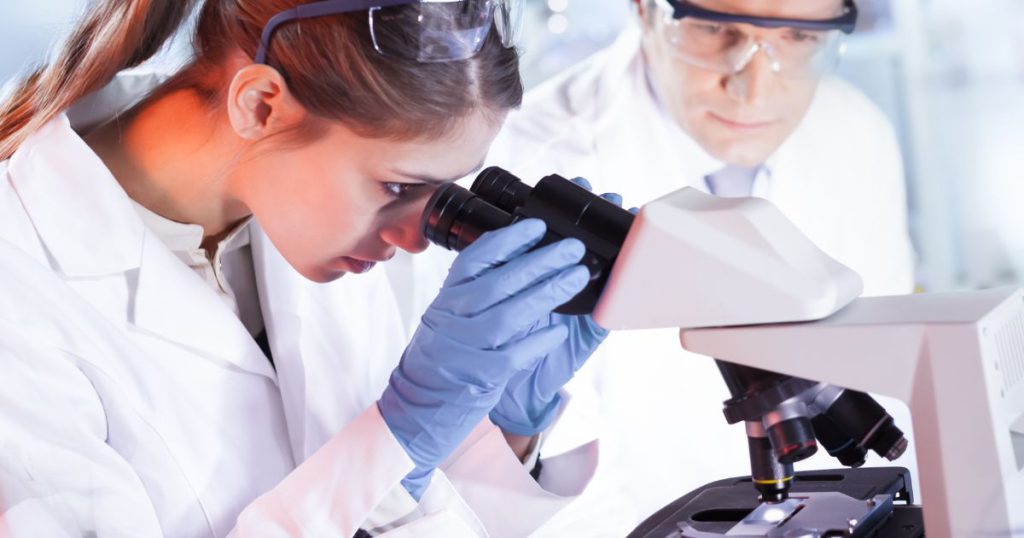
But it’s not just about the data. It’s about the stories that data tells us. Each test result is a piece of the puzzle, helping us understand the bigger picture of a patient’s health. It’s a field that requires precision, attention to detail, and a deep understanding of human physiology. And as a medical technology student, it’s a field that’s both challenging and incredibly rewarding.
Health Technology Innovation: Shaping the Future of Physiology
Health technology innovation continues to shape the future of physiology, offering new ways to understand, diagnose, and treat a wide range of health conditions. It’s like standing on the edge of a vast ocean of possibilities, with new discoveries and advancements on the horizon. From wearable devices that monitor heart rate and sleep patterns to AI algorithms that can predict disease outcomes, the future of physiology is bright and full of potential.
But it’s not just about the technology. It’s about the people behind it. The scientists, engineers, and healthcare professionals who are pushing the boundaries of what’s possible. It’s about the patients whose lives are improved by these advancements. And as a medical technology student, it’s an exciting time to be part of this ever-evolving field.
Conclusion
As we continue to explore the intricate world of human physiology, medical technology remains a key ally, providing the tools and insights we need to unravel the mysteries of the human body. It’s like being given a map and a compass in a vast, uncharted territory. With every step we take, we uncover new insights, learn more about our bodies, and find better ways to improve health and wellbeing.
But the journey doesn’t end here. As we look to the future, we see a world of possibilities. New technologies, new discoveries, and new challenges to overcome. And as a medical technology student, I can’t wait to see where this journey takes us. The world of human physiology is vast and complex, but with medical technology by our side, we’re ready to explore it.
The intersection of physiology and medical technology is a dynamic space where innovation meets understanding. It’s where we unravel the mysteries of the human body and find ways to improve health outcomes.
Disclaimer
This blog post is intended for informational purposes only and does not constitute medical advice. The content is not intended to be a substitute for professional medical advice, diagnosis, or treatment. Always seek the advice of your physician or other qualified health provider with any questions you may have regarding a medical condition. Never disregard professional medical advice or delay in seeking it because of something you have read on this blog.
Sources
Technology and the Future of Healthcare – PMC
This post is part of my series on Physiology
Sean Schepers is a third-year Medical Technology student at Mahidol University with a passion for all things health and medicine. His journey into the world of medicine has led him to explore various fields. Sean's blog posts offer a unique perspective, combining his academic insights with personal experiences. When he's not studying or blogging, Sean enjoys keeping up with politics and planning his future career in medicine.
In addition to his studies, Sean serves as the chairman of the Rights, Liberties, and Welfare Committee, a role that reflects his commitment to advocacy and social justice. Beyond his academic pursuits, Sean offers tutoring services in English and Biology, further demonstrating his dedication to education and mentorship. His journey is one of continuous discovery, and he invites others to join him as he explores the dynamic and transformative world of medical technology.

